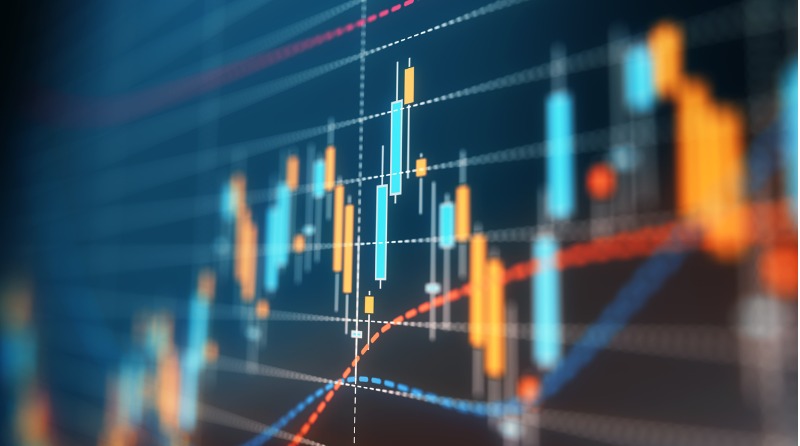Security Alert: Scam Text Messages
We’re aware that some nabtrade clients have received text messages claiming to be from [nabtrade securities], asking them to click a link to remove restrictions on their nabtrade account. Please be aware this is likely a scam. Do not click on any links in these messages. nabtrade will never ask you to click on a link via a text message to verify or unlock your account.
ETF FAQs
Find the answers to your common ETF questions.
Getting started with ETFs
All you need is a nabtrade account and you’re ready to go! Use our ETF Centre to learn more about ETFs.
For an ASX-listed ETF the minimum order size for the first trade is $500 worth of units. This is known as the minimum marketable parcel. There is no minimum unit amount or value for the NYSE, NASDAQ or XETRA market. For trading on the HKEX, each trade must be in multiple of lot size.
Yes, following the same process as shares, ETFs bought with one broker can be transferred to an account you hold with another broker.
Absolutely you can! Be sure to check the Approved Investments page ETP section for the latest list of ETFs to choose from.
Investing in ETFs
This all depends on the construct of your portfolio and your overall objectives. ETFs are a good way to gain exposure in markets that may not be ordinarily available via domestic or some international markets. The key aspect here is that with only a few ETFs, you can open your investment portfolio to a world of diversity.
ETFs can be a good way for first time investors to dip their toe into the market and gain an understanding of fund performance, share ownership and index tracking. Additionally, ETF data including constituents, distribution announcements and management information is available via the research provided in your nabtrade account.
When buying or selling an ETF, there are a couple of fees to consider:
- Trading costs - on nabtrade the brokerage charges for ETFs are the same as they are for shares, and start from $14.95.
- MER – management fee - an annual fee, which is generally included in the unit price (the current market price of units in the fund). This fee is expressed as a percentage and includes all relevant fees and costs associated with managing the ETF, including custodian fees, accounting fees, audit fees and index licence fees. Management fees can vary significantly so it’s important to check before investing - they can range from 0.1% to 1% or more.
The construction of an ETF will depend on the index, i.e. market cap weighted, equal weighted or rules based. As a nabtrade account holder, you get access to Morningstar research which will give you this information, or it can be found on the ETF provider website. Most of the ETFs on the ASX are market cap weighted. Reading the PDS (product disclosure statement) is the best way to check the fees and other costs.
The market price of an ETF is approximately equal to the market value of the securities held in the fund plus any undistributed net income. An ETF's market price is therefore typically close to the fund's net asset value (NAV), however that may not always be the case.
We encourage nabtrade customers to view information in the ‘Research’ tab when looking at an ETF. This section provides information from Morningstar on ETFs including fees and how those costs stack up against competing funds.
Like all investments there will be an element of risk. ETFs will make reference to the index that they are tracking and also make additional details available in their Product Disclosure Statement and Target Market Determination for your consideration.
Some ETFs listed on the ASX may pay a distribution to its holders, however it is strongly advised that all prospective investors carefully read the Product Disclosure Statement of the ETF to understand if the chosen fund pays a distribution. You can instruct the share registry to make cash payments into your nabtrade Cash Account or bank account of choice (just like with individual shares that pay distributions). You can also use nabtrade’s Dividend Crediting function to redirect dividend payments into the nominated Cash Account on your behalf.
If you invest in international ETFs via nabtrade then dividends are credited to your Cash Account. The Foreign Withholding Tax is automatically deducted from the payment. You cannot participate in a dividend reinvestment plan on international ETFs via nabtrade.
You need to consult your accountant for advice on tax, however with regards to capital gains tax, ETFs should be treated the same way as any individual ASX-listed security you hold/sell. You may also need to consider tax on any income. Fund managers will typically provide a tax statement at the end of the financial year to help you and your accountant determine the tax payable.
ETFs may be suitable for SMSF investors depending on the risk profile of the SMSF. Before making any investment decision, investors should assess whether the ETF is appropriate for their individual objectives, financial situation, needs and circumstances.





